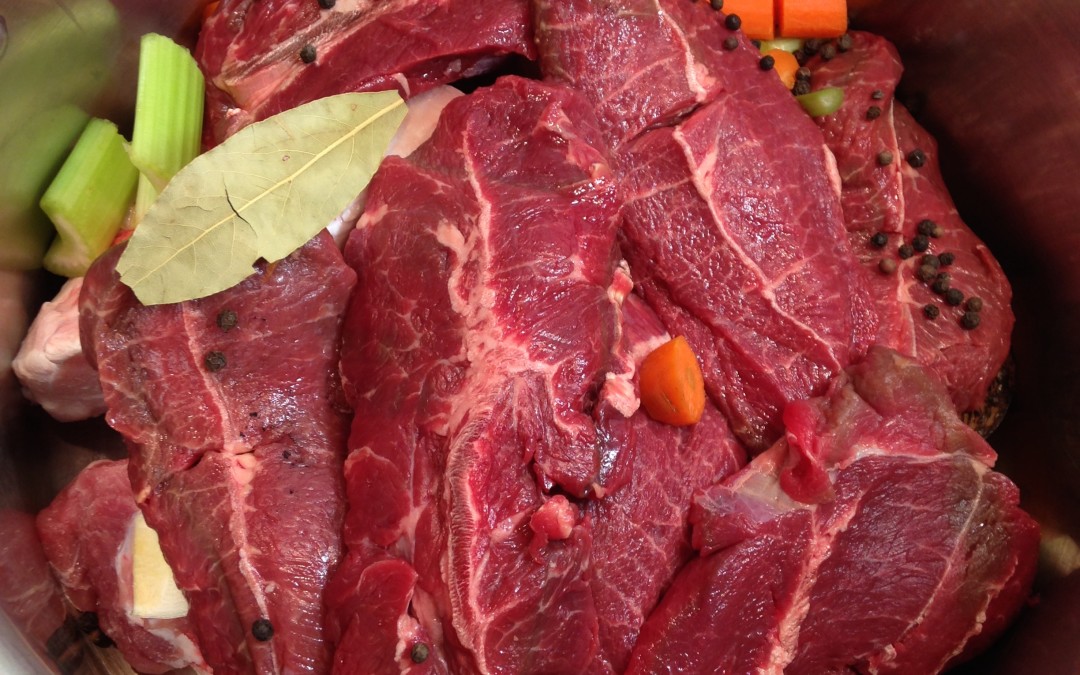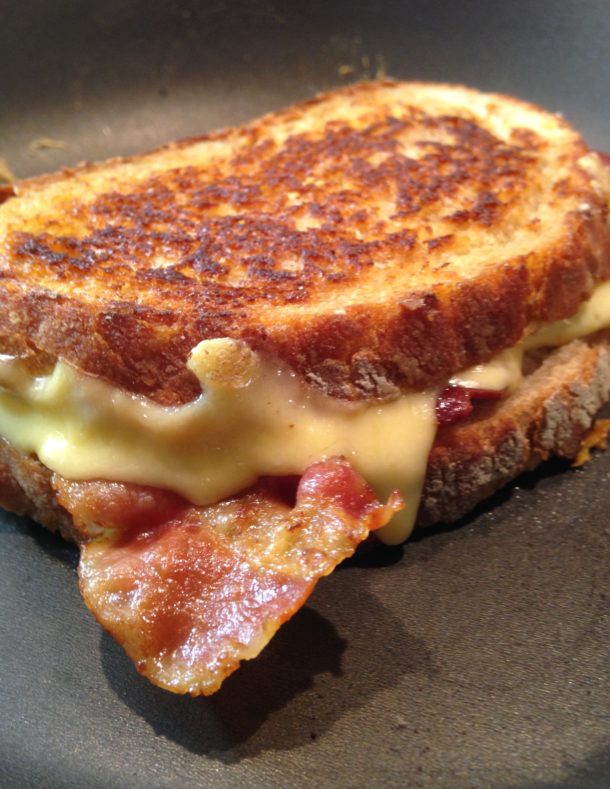How To Braise Meats
The pinnacle of cooking is the successful braising of meats. When the very toughest of cuts is turned into the most tender, delicate, melt in your mouth bites of deliciousness culinary nirvana has been reached. Braising is not an art in itself, but an act of patience whose mantra is “low and slow” – Low Heat and Slow Cooking.
How To Braise Meats – An act of Hydration.
Braising is actually an act of hydration. The target of this hydration is the connective tissue called collagen. Tough cuts of meat and old age chickens are full of the stuff. When collagen is hydrated, it turns into gelatin. When the collagen is hydrated and turns to gelatin, the gelatin is released allowing more space between the muscle fibers allowing them to relax and become tender. Since we are talking about hydration, it makes sense that there needs to be a source of liquid. Indeed, braising is a cooking method in which liquid is definitely critical.
How To Braise Meats – The Low Part.
In order to get braising to work, the temperature of the liquid must be low so the hydration of collagen can happen slowly and the meat tenderizes and relaxes. The best temperature to use for this is the same temerpature at which water simmers – between 170-180F. Braising can happen either in the oven or on the stove top. In the oven, it is slightly easier because a large pot filled with meat, vegetables and liquid will take a long time to come to a boil in an oven set at 350F. On the stove top, more care is needed to control the temperature as you do not want the liquid to boil, but be steady at between 170-180F. Regardless, either works.
How To Braise Meats – The Slow Part.
Braising is a slow process that should not be rushed. The hydration of collagen happens slowly over time as the liquid in the braising pot finds that collagen and turns it into gelatin (the stuff that makes your chicken stock and beef stock set up when it cools – culinary gold I tell you!). It takes hours to braise. You can speed it up with a pressure cooker, but having extra equipment for one job is not necessary. From an equipment stand point, Low and Slow is exactly what a slow cooker does.
Braising – An Outline
Braising can be broken down into some simple steps, but first it is worth discussing some cuts of meat that are perfect for braising.
It is the tough cuts that are good choices – Chuck Steak, Bottom Round, Short Ribs, Brisket, Beef Cheek. Old chickens like roosters or stewing chickens are great for a braise, too. A pork shoulder is also perfect for braising.
In truth there are actually only 2 steps to braising – Brown The Meat and Simmer The Meat In Liquid. The outline below gives a bit more detail…
Seasoning
Browning
Liquid
Heat
Sauce
Service
What about Vegetables?
Of course you can braise vegetables. Use the above as a general guide. Low and Slow still rules! Vegetables like leeks, onions, and endive are great for braising.
Happy Braising!
Keep Eating! Keep Innovating!
Do you have any braising adventures to tell us about? Let us know all about it in the comments or on Facebook.
The Culinary Exchange can also be found on Twitter, Instagram, Pinterest, Google+ and YouTube.






Trackbacks/Pingbacks